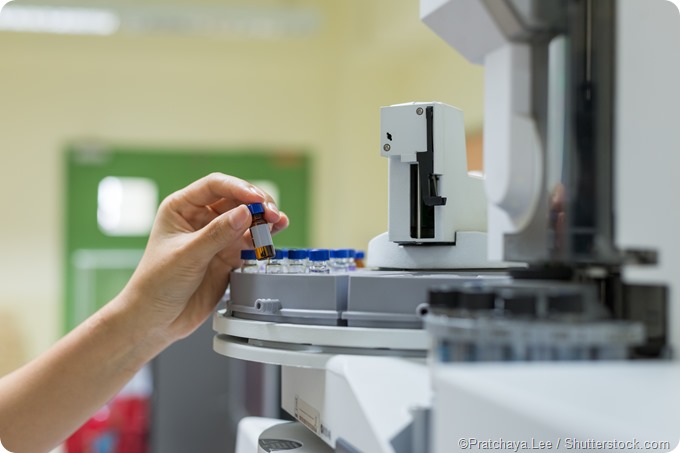Metabolomics is a field of research that focuses on the chemical processes undergone by metabolites. It involves the use of sophisticated analytical technologies to identify and quantify cellular metabolites, in addition to the extraction of relevant information so that the data can be interpreted and applied in a practical setting.

Metabolomics is one of several emerging fields of research ending in the suffix “-omics,” alongside genomics, transcriptomic, and proteomics. These areas are thought to be useful in the understanding and applications of the biology of an organism and its interaction with the environment and genetic makeup.
Metabolites, the metabolome, and metabolomics
Metabolites are substances that assist cells to communicate messages and transmit signals and may vary according to their genetic makeup and environmental stimuli. They are the end products of the processes that occur within a cell. The metabolome thus comprises all of the metabolites in a biological cell, tissue, or organism.
Given the importance of metabolites to cellular life and function, the study of metabolomics can provide insight into the physiological state of an organism, including its genetic blueprint and current environmental influences.
Mass Spectrometry for Metabolomics
Analytical technologies for metabolomics
There are various types of analytical technologies that may be utilized in metabolomics to obtain data and identify the characteristics of metabolites that are present in different organisms, tissues, and fluids. These may include:
- Mass spectrometry
- Electron ionization
- Amphoteric pressure chemical ionization (APCI)
- Electrospray ionization (ESI)
- High-performance liquid chromatography (HPLC)
- Capillary electrophoresis
- Gas chromatography
- Nuclear magnetic resonance (NMR)
When used in combination these tools are capable of analyzing a vast quantity of metabolites at the same time.
However, there remain some areas for improvement in the technologies used in metabolomics. One challenge is the huge diversity in the chemical structure and quantity of the metabolites, which makes it difficult for any single technology to analyze the metabolome as a complete entity. Instead, a combination of techniques is currently used in practice to extract and analyze the data.
Analysis of metabolomic data
There are various statistical and multi-variant data analysis tools that may be used in metabolomics analyses. These include analytical techniques such as:
- Cluster analysis
- Pathway mapping
- Comparative overlays
- Heat maps
However, there is currently some struggle in the extraction and interpretation of metabolomics data that can be used or applied in a biological context. The high-throughput technologies produce so much data that researchers can often become overwhelmed with the quantity of information and find it difficult to make meaningful conclusions. It appears that a shift in mindset and approach may be required to extract useful information from the huge sets of data that technologies have made available.
Metabolomics past, present, and future
Metabolomics is a relatively new field, with the term “metabolome” first being used in 1998. However, there has been a significant progression in the field of metabolomics in the decades since and it has become firmly established as a functional genetics approach to furthering our understanding of molecular life.
Sequencing of several organisms has moved forward considerably and the methods used to analyze the cells products from proteins and metabolites have seen significant improvement. At present, we have developed relatively efficient technology to obtain information about the metabolome.
It is hoped that in the future more practical techniques to analyze and make sense of the data can be introduced. This could enable an increased understanding of molecular biology and the role of the metabolome in the health of an organism, which could have a number of practical applications.
References
Further Reading